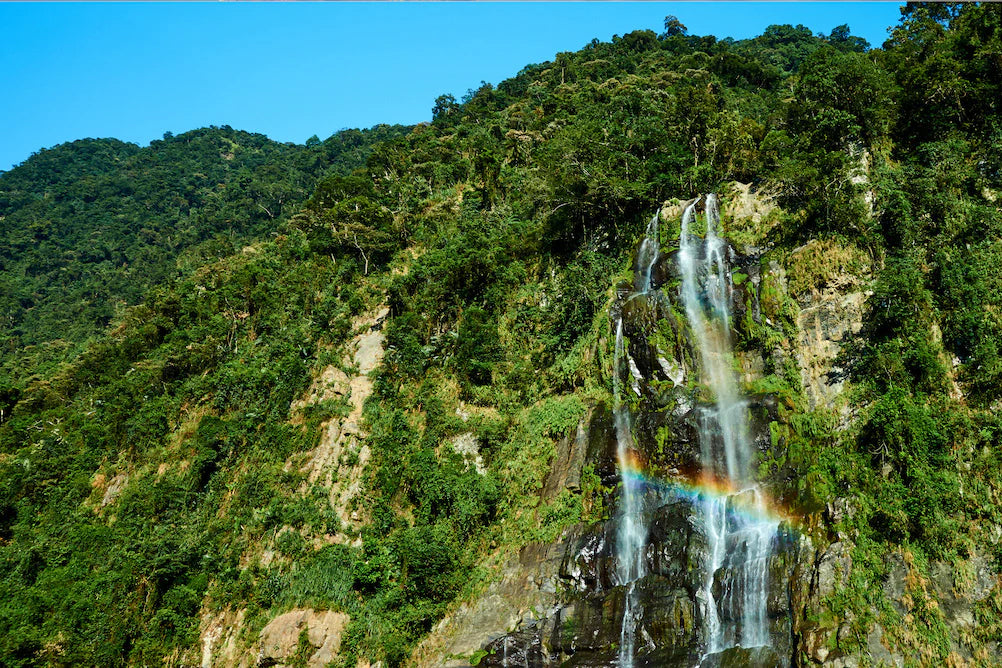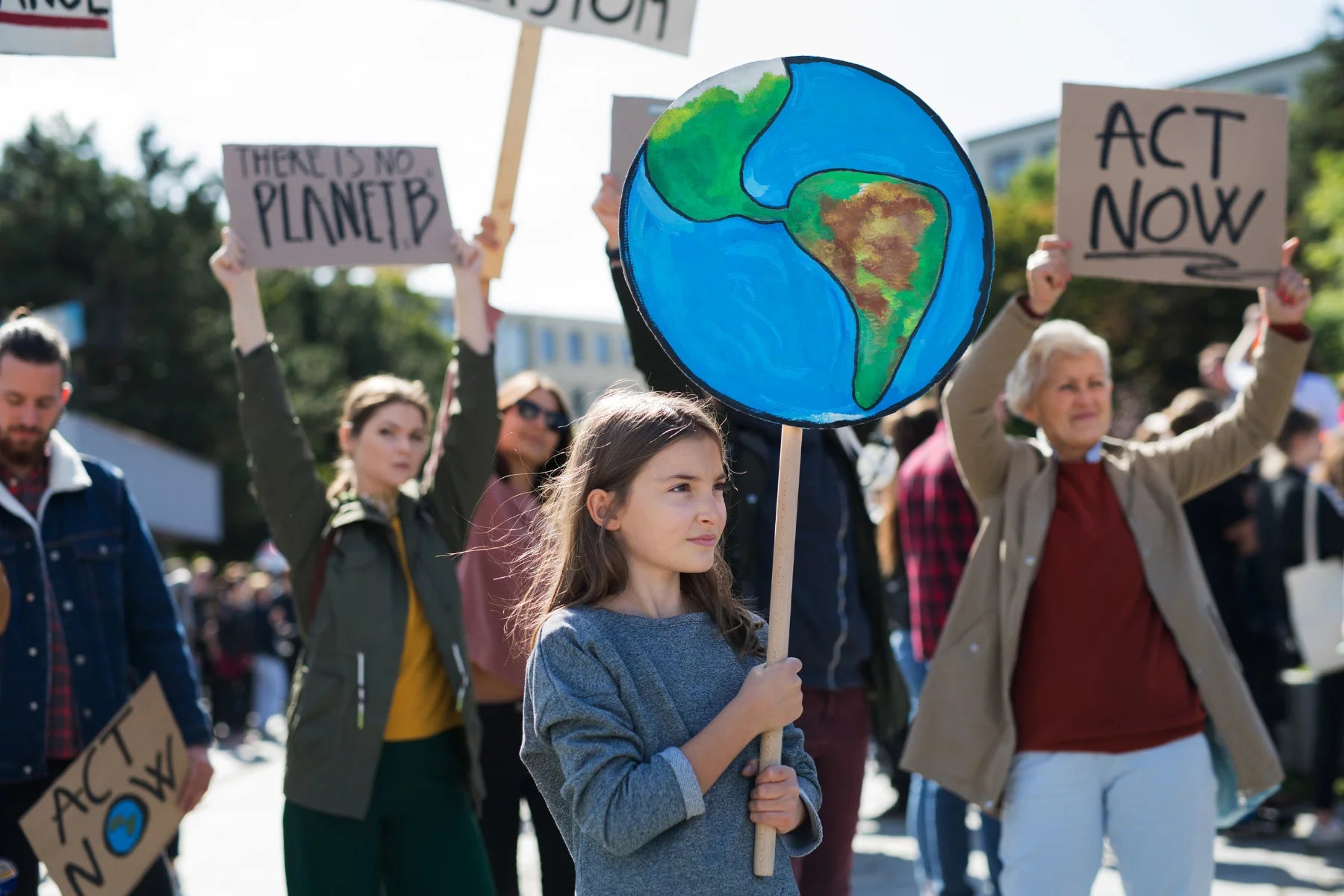Plant Trees

Support Global Reforestation! Plant trees where they’re needed most: Plant trees
About
Stay up to date on major announcements, exciting collaborations, and more.Visit our Newsroom
We make it simple for anyone to plant trees, and together we can make an incredible impact. Learn more

Stay up to date on major announcements, exciting collaborations, and more.Visit our Newsroom

We make it simple for anyone to plant trees, and together we can make an incredible impact. Learn more
Get Involved
Become a business partner to improve your company’s sustainability initiatives and make an impact. Learn more
See how your support and leadership can help us fund reforestation efforts across the globe. Learn more

Become a business partner to improve your company’s sustainability initiatives and make an impact. Learn more

See how your support and leadership can help us fund reforestation efforts across the globe. Learn more
Learn
Read about stories from the field, interesting facts about trees and get your healthy dose of nature. Visit our blog
Comprised of lesson plans, learning modules, resources, and activities, our T.R.E.E.S. School Program is the perfect addition to your curriculum. Learn more

Read about stories from the field, interesting facts about trees and get your healthy dose of nature. Visit our blog

Comprised of lesson plans, learning modules, resources, and activities, our T.R.E.E.S. School Program is the perfect addition to your curriculum. Learn more
Shop
Our fan-favorite Reforestation T-Shirt. Wear it with pride to show your support of reforesting our planet, one tree at a time. Shop now
Give the gift that lasts a lifetime! Choose an image, write your personalized message and select a delivery date to gift a tree. Gift a tree

Our fan-favorite Reforestation T-Shirt. Wear it with pride to show your support of reforesting our planet, one tree at a time. Shop now

Give the gift that lasts a lifetime! Choose an image, write your personalized message and select a delivery date to gift a tree. Gift a tree
Get Involved
Plant Trees
Get news, updates, & event Info delivered right to your inbox:
The Importance of Forests ?
Have you ever stopped to wonder why forests are such an important component for humans, animals and the overall health of our Earth? From the air we breathe to the food we eat, let's take a deeper look at the six main pillars that explain how thriving forests are vital to a healthy planet.

1. How Forests Improve Air Quality
Forests have a crucial role in improving and maintaining the air we breathe. Trees absorb carbon dioxide from the atmosphere, a major factor behind air pollution, through the process of photosynthesis. In turn, bark and leaves have the power to release clean oxygen into the atmosphere. In addition, forests act as natural air filters, trapping dust and pollutants, which helps to reduce harmful pollutants like nitrogen oxides, ozone, and carbon monoxide, and sweep up particles like dust and smoke.
Trees in the forest also help to regulate our planet's temperature and create microclimates, which provides essential shade and moisture that cools the air, reducing the "urban heat island" effect in nearby cities.

2. How Forests Help to Clean Water
Forests play a key role in cleaning water, this is because trees in the forest act as natural water filters, helping to absorb rainwater, as well as snow and melted ice. This helps to slow down the release of water into into streams, rivers, and aquifers. The roots of trees and other vegetation also absorb nutrients and other pollutants, purifying the water before it reaches lakes and rivers.
Trees in the forests can help prevent natural disasters such as floods and landslides as well as filter water with their roots. In fact, one mature evergreen can intercept up to 15,000 liters of water each year, removing pollutants and slowing water’s absorption into the soil. Tree leaves also release water back into the air through transpiration, creating a powerful cooling effect that effects local microclimates.
By protecting and preserving forests, we are protecting and preserving our water supply, ensuring that water supplies remains clean and healthy for future generations.

3. How Forest Help to Preserve Biodiversity
Forests are critical habitats for a diverse array of plants and animals, and play a key role in protecting and preserving biodiversity. Forests provide a diverse selection of different habitats, including canopy, understory, and forest floor, forests can support a large number of species, many of which are found nowhere else.
Many species of plants, insects, fungi, moss and animals depend on forests for shelter and food. Tropical rainforests cover less than 3% of the Earth, yet are home to more than half of our planets terrestrial animal species. On average one hectare of rainforest can contain 750 types of trees and 1500 species of higher plants. Rich biodiversity is essential for maintaining a wide range of plant and animal species, preventing diseases and food security.
Forests also provide migration corridors for wildlife, which means they allow animals to move between different habitats and ensuring that populations can mix and remain genetically diverse.Finally, forests help to maintain the balance of the Earth's ecosystem by providing essential ecosystem services, such as pollination, soil formation and carbon sequestration.

4. How Forests Provide Social Impact
Forests provide several social and economic benefits, such as:
- Livelihoods: forests provide resources that benefit the livelihoods of millions of people around the globe, including indigenous communities. The UN has reported that approximately 1.6 billion people rely on forests for their livelihoods.
- Food security: forests can be a source of food, including wild fruits, nuts and medicinal plants, as well as game and fish which inhabit its habitats. This boosts food security in several communities.
- Education and cultural values: forests can also help to preserve cultural values and traditional knowledge throughout generations, as well as provide opportunities for environmental education and scientific research.
Using forests for food, shelter, fuel and jobs are just a few of the top reasons we need to continue to protect and maintain healthy, thriving forests. The economic value of ecosystem services that the world’s forests provide are estimated to be worth about $16.2 trillion annually.

5. How Forests Improve Can Our Health
Trees and forests can have a powerful positive impact for our health. Aside from filtering the air we breathe, trees can also help reduce stress, lower blood pressure and decrease depression. The popular Japanese practice of forest bathing or Shirin-Yoku is the Japanese practice of spending time in nature and connecting with the natural world through our five senses. In one study, hospital patients who had a view of trees through their window healed faster, required less pain medication and had fewer post-surgical complications than those who had a view of a brick wall.

6. How Forest Regulate Climate Change
Forests have an important role in helping our society mitigate the effects of climate change by absorbing carbon dioxide from the atmosphere and storing it in their biomass and soils. As you may already know, trees fight climate change through the absorption of harmful greenhouse gases like carbon dioxide into their trunks, branches and leaves. One mature tree is capable of absorbing up to 22 lbs of carbon dioxide each year and it takes about 460 trees to absorb the annual CO2 emissions of a single car. On that note, trees can also help reduce ambient temperatures by 8° Celsius, which can help those who live in urban areas that are prone to pollution and overheating.
Want to help support the six pillars and plant more trees? Plant a tree today!
Get news, updates, & event Info delivered right to your inbox:
Related Posts
Why Healthy Forests are Critical for Biodiversity
16/05/2024 by Meaghan Weeden
10 Ways to Prevent Forest Fires
14/05/2024 by Meaghan Weeden
12 Ways to Prevent Biodiversity Loss
09/05/2024 by One Tree Planted
Popular On One Tree Planted
5 Causes of Deforestation
15/02/2024 by Meaghan Weeden
Inspirational Quotes About Trees
23/01/2024 by Meaghan Weeden
How to Reduce Waste: 21 Ideas for Zero Waste Living
16/01/2024 by Meaghan Weeden





